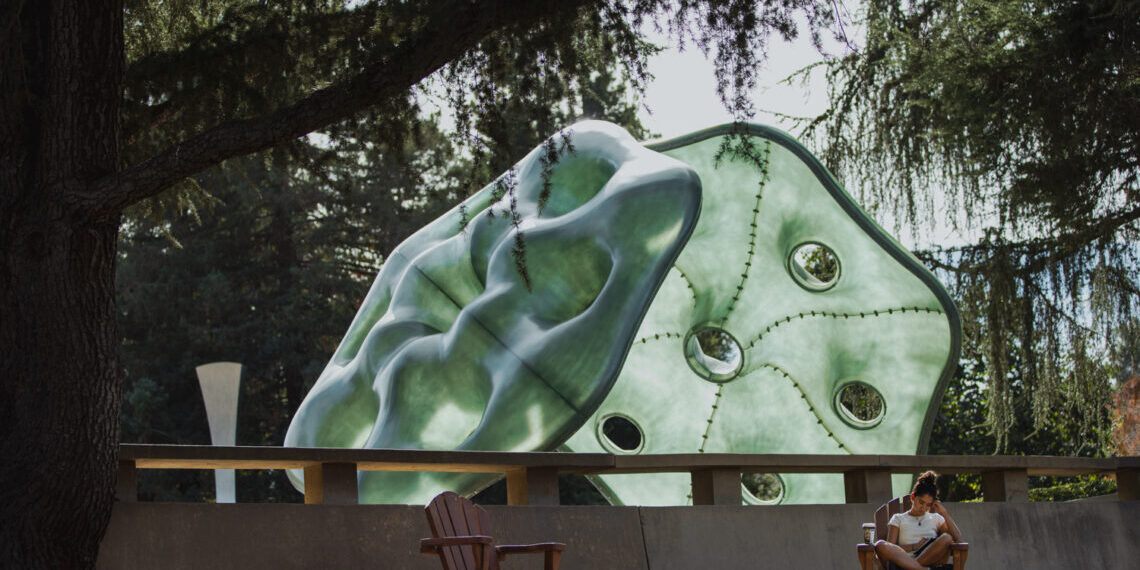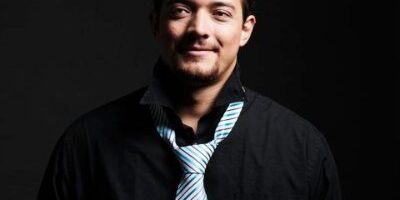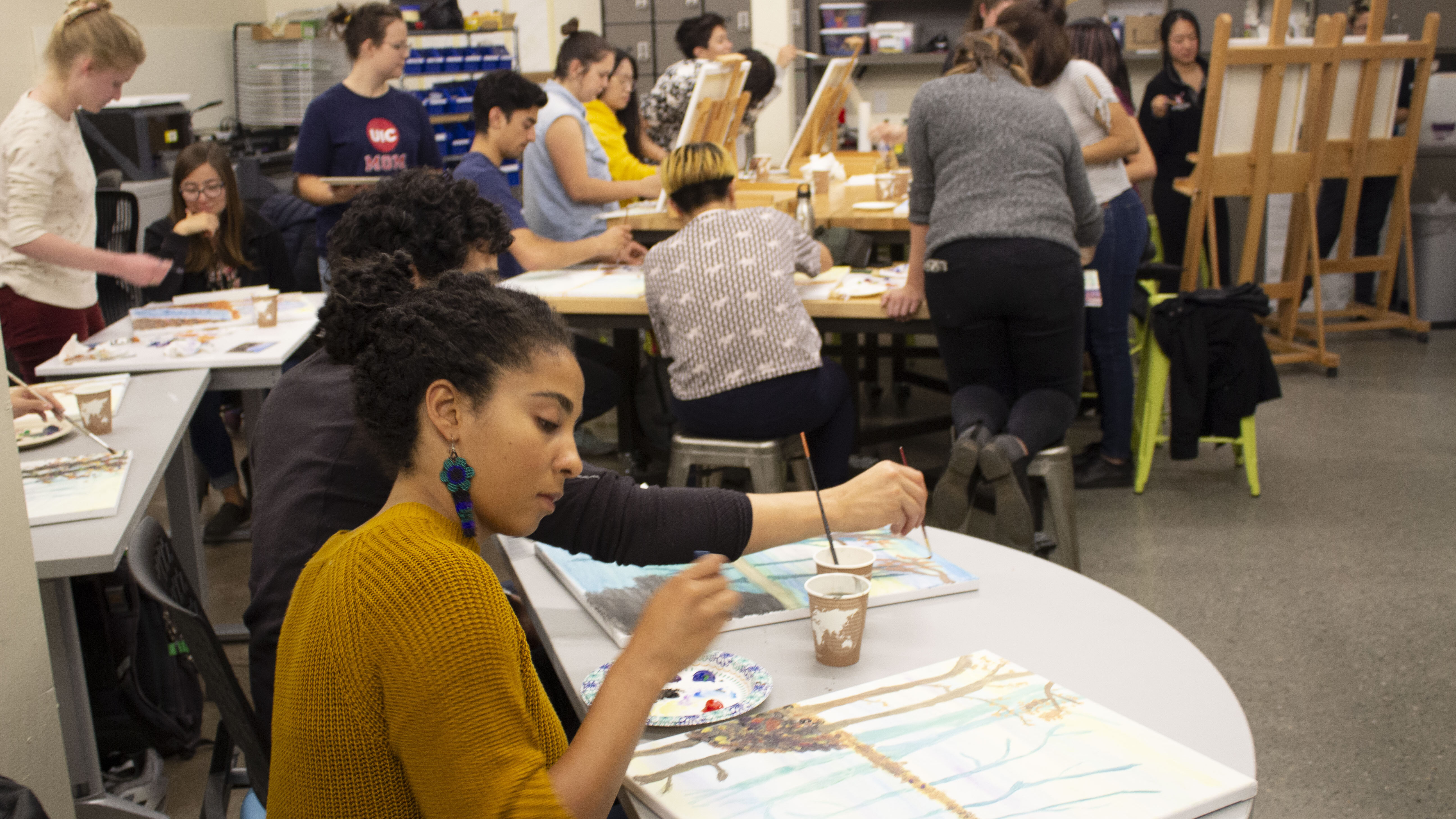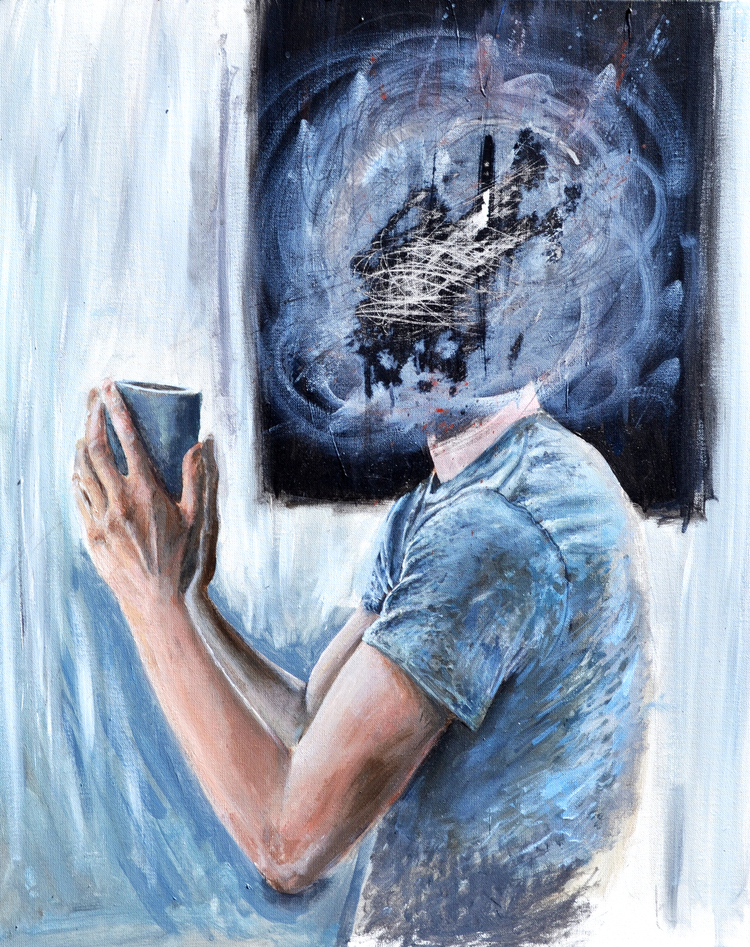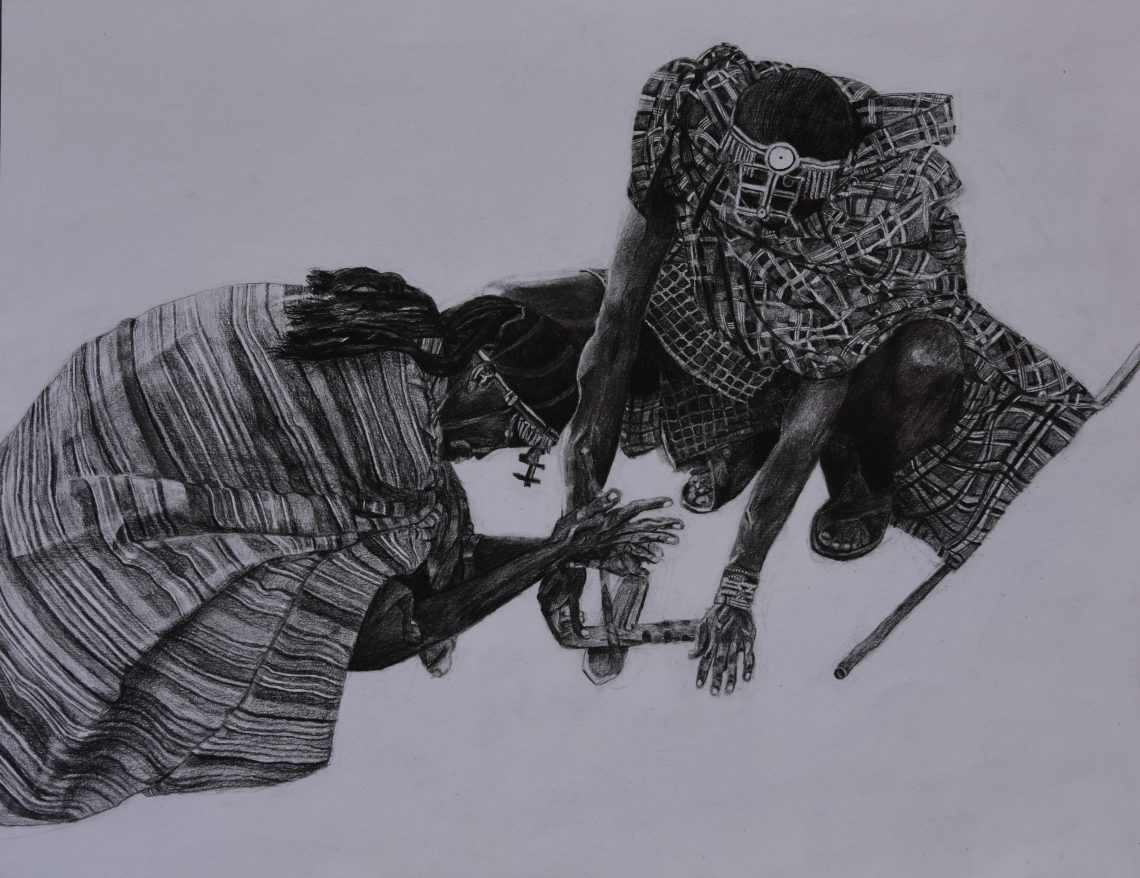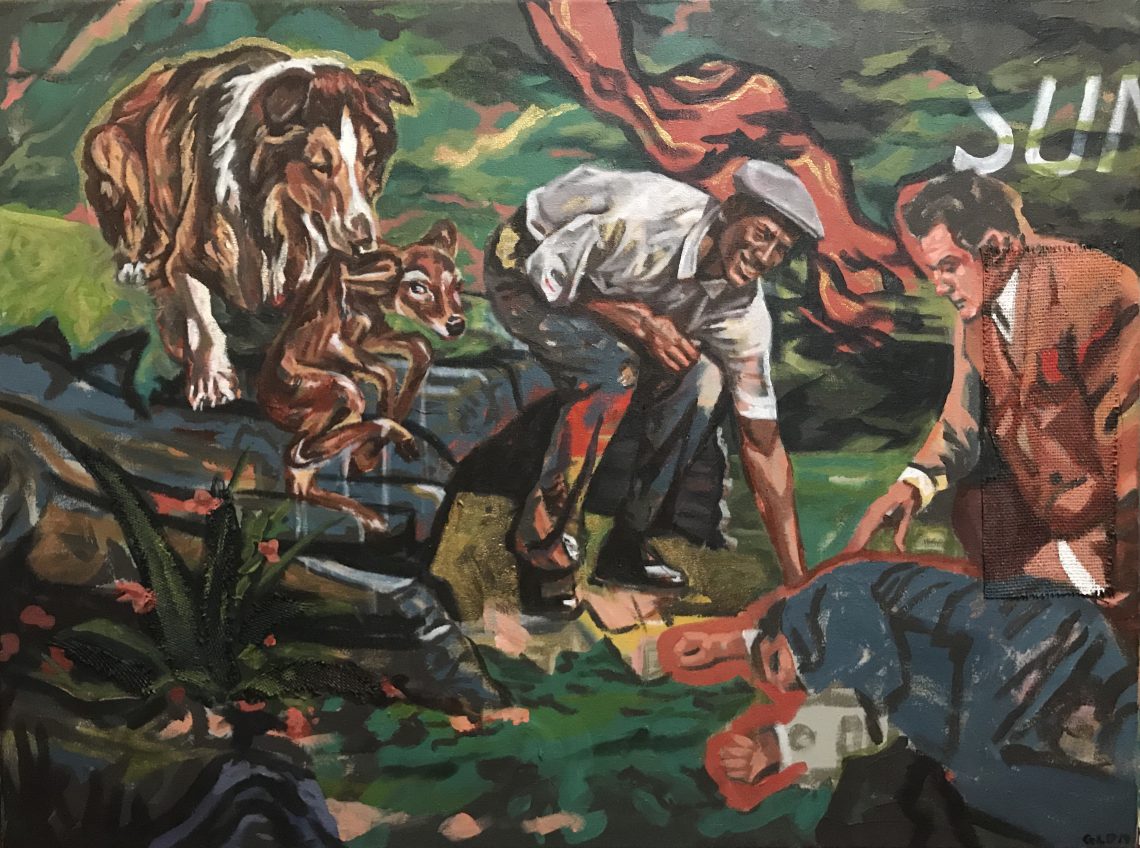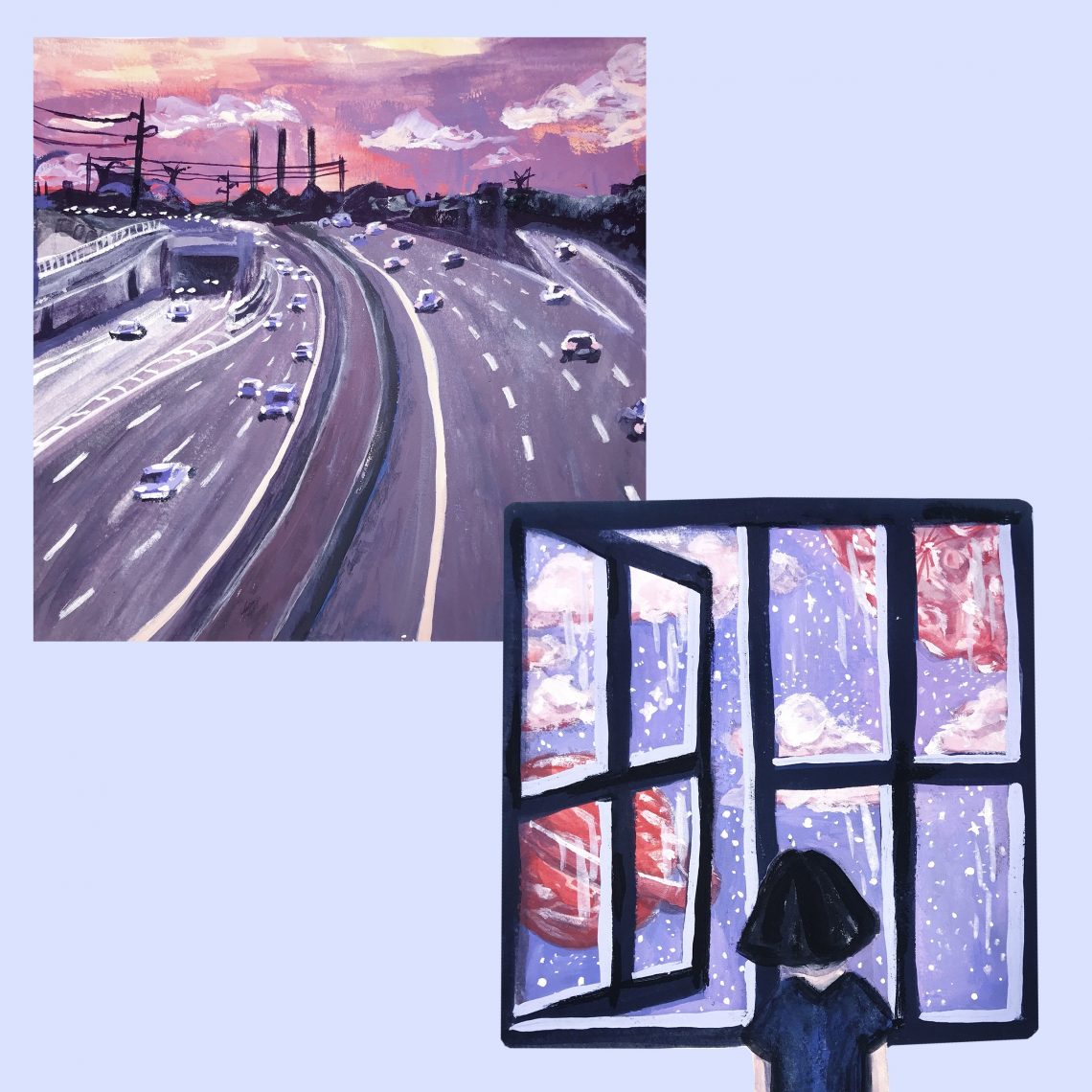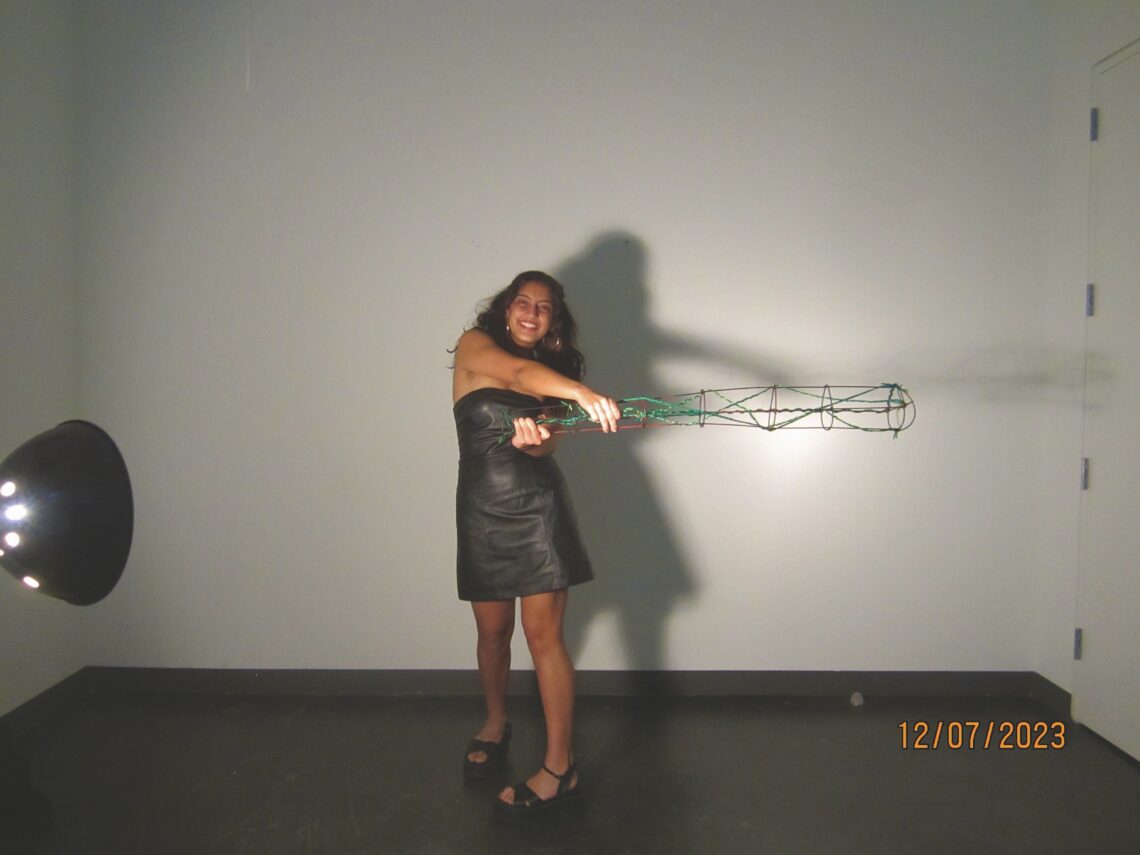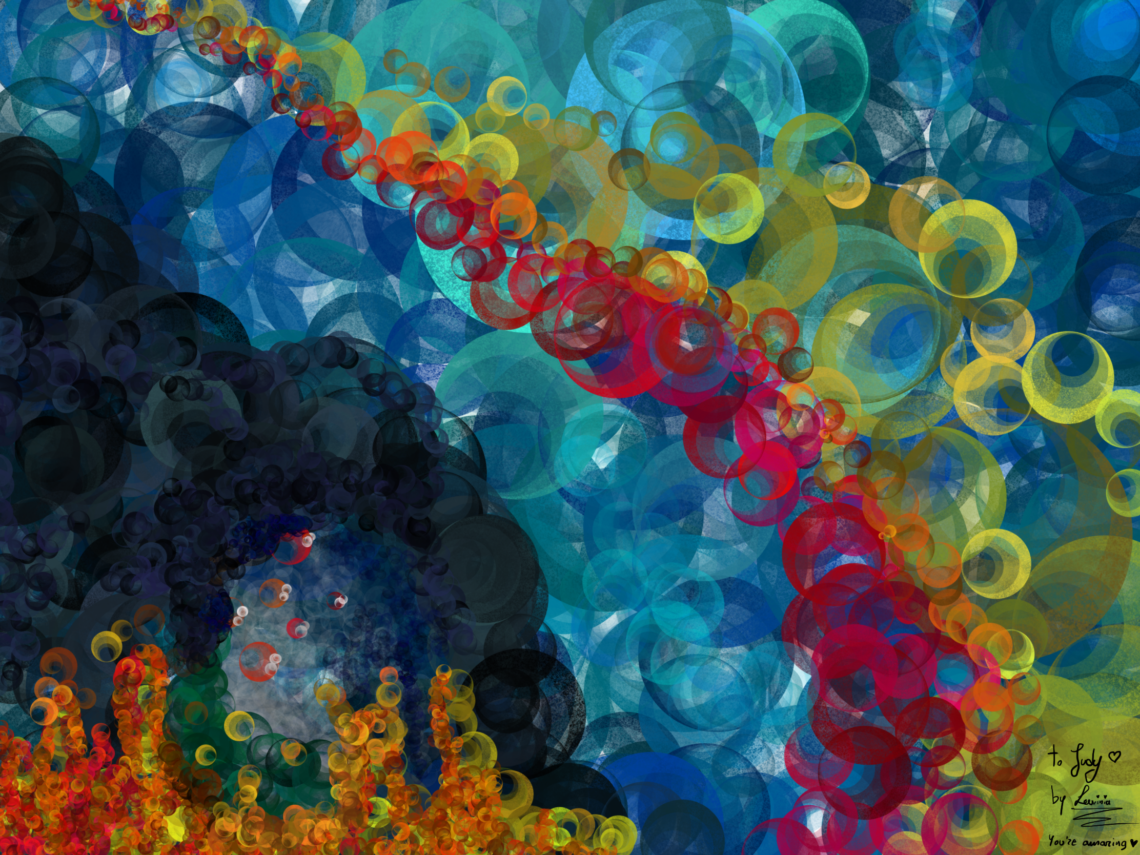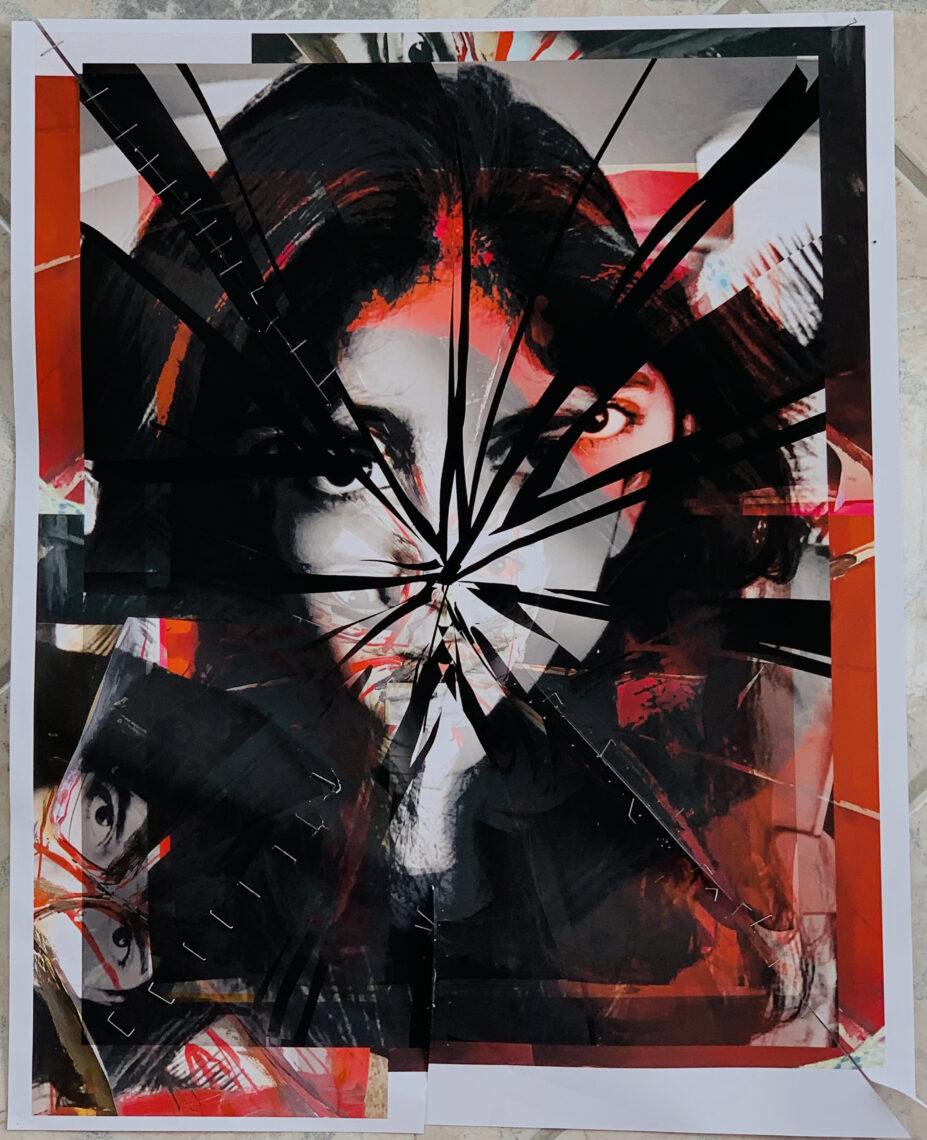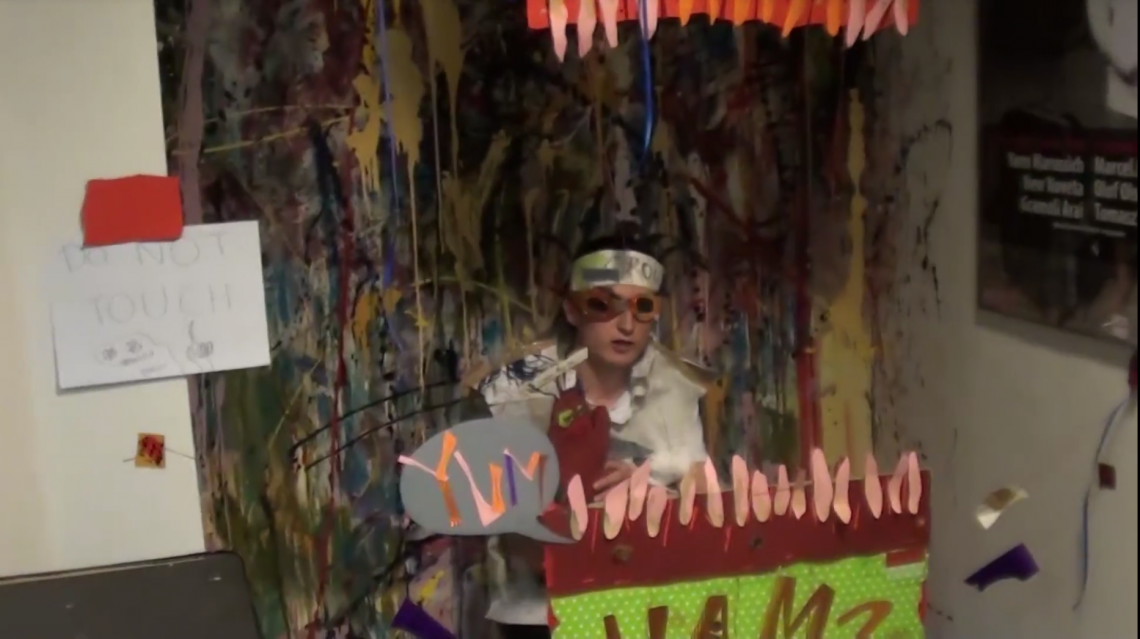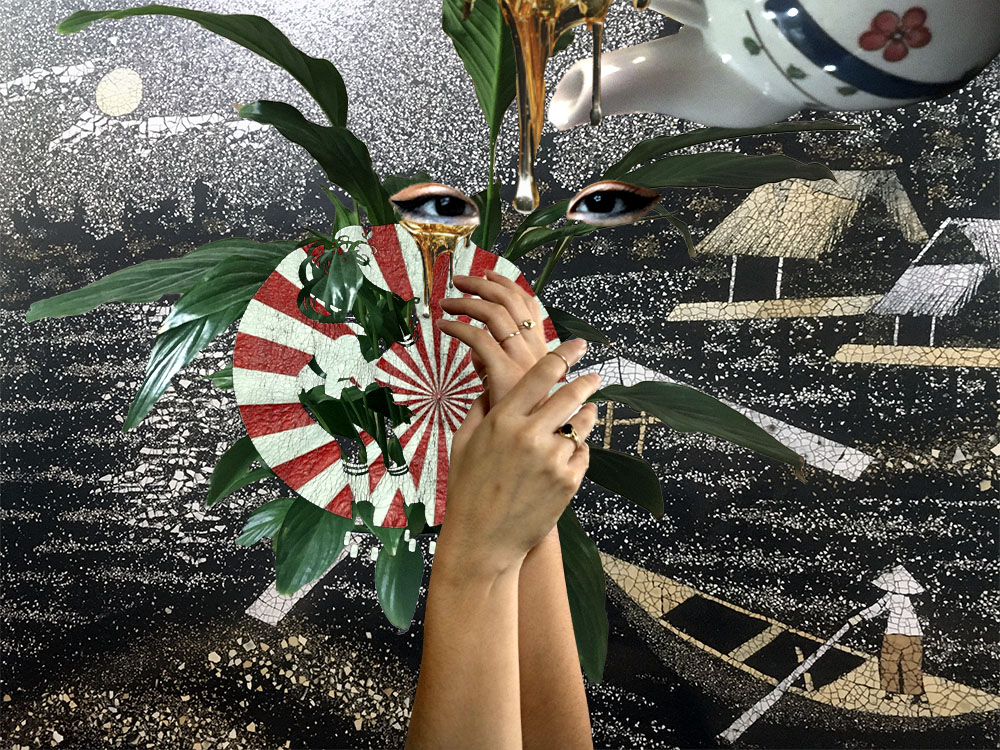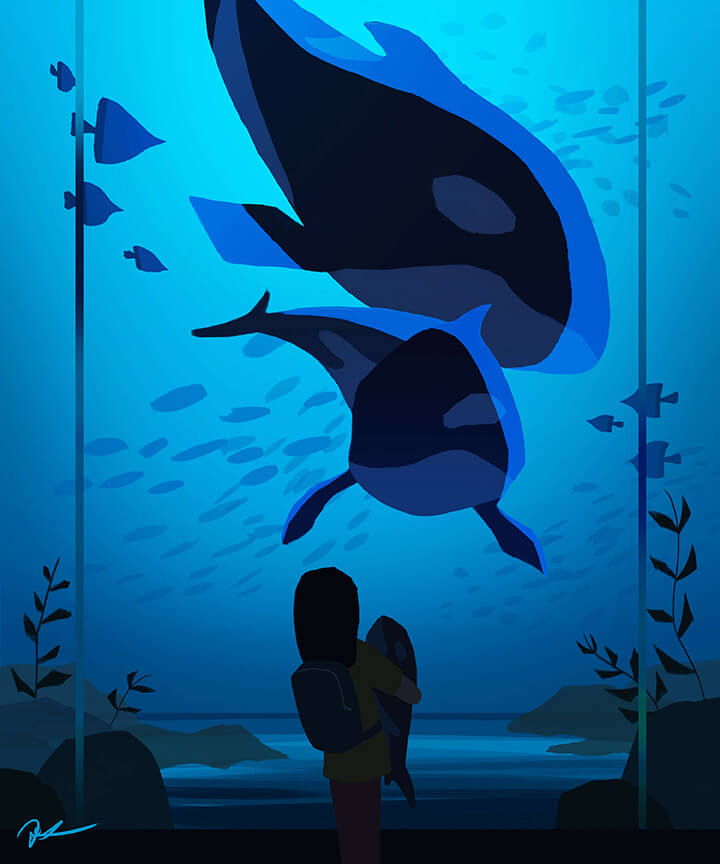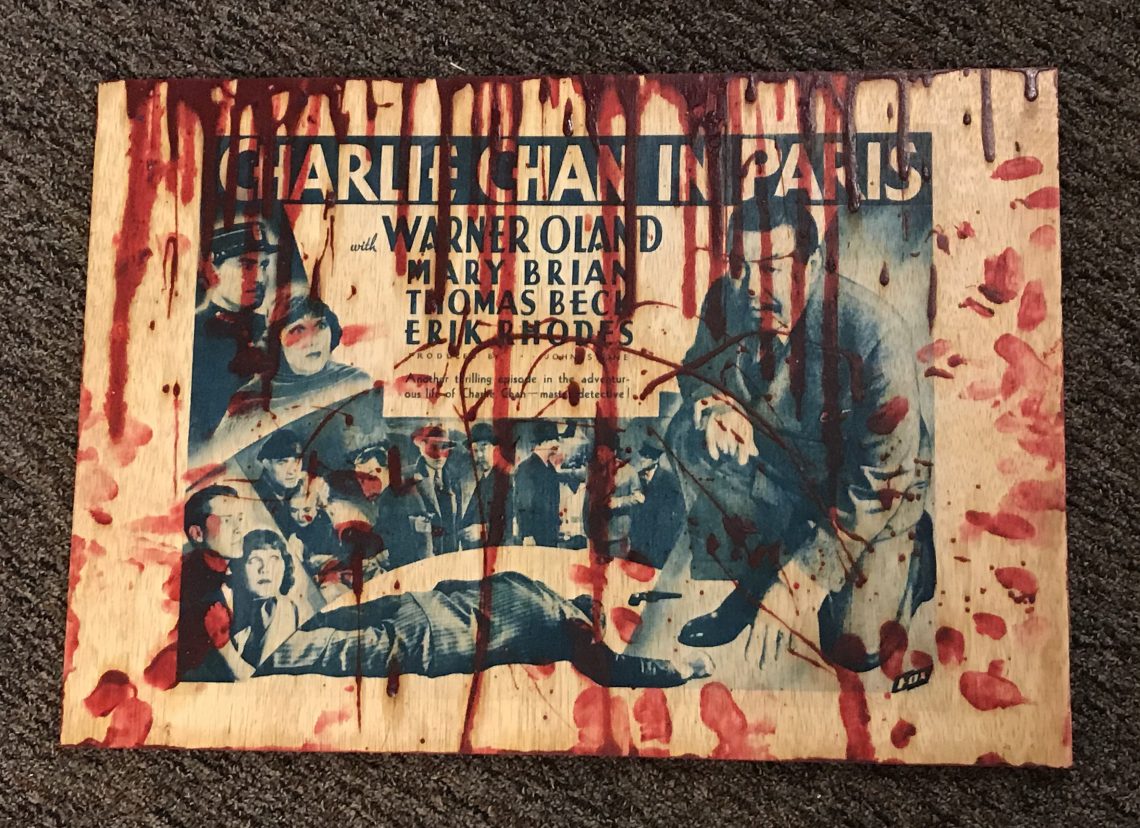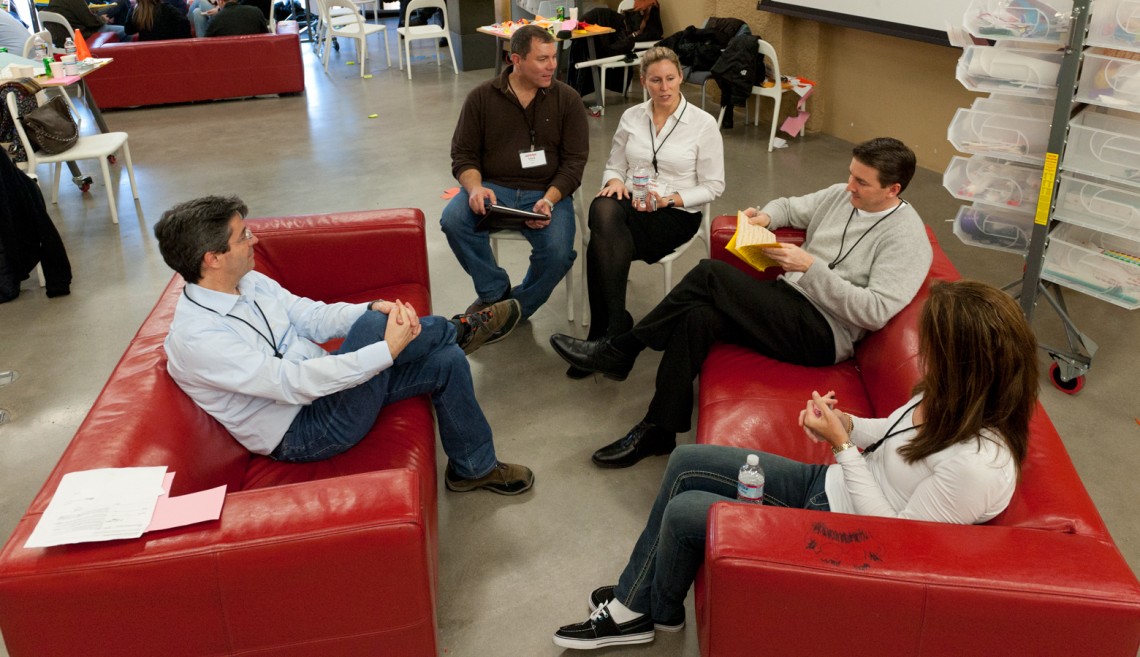 Linda Cicero
Linda Cicero
It’s all about the space at Stanford’s design school
Stanford's d.school space is the stage for creative collaboration. A new book by two of its leaders provides direction for design spaces elsewhere.
The spaces within Stanford’s popular d.school are as creative as the furniture and fixtures are inventive, and every aspect of the space impacts behavior.
In his foreword for Make Space, David Kelley, the founder of the design school as well as the design firm IDEO, writes, “Regardless of whether it’s a classroom or the offices of a billion-dollar company, space is something to think of as an instrument for innovation and collaboration. Space is a valuable tool that can help you create deep and meaningful collaborations in your work and life.”
As a spectator on the second floor of Stanford’s d.school building, on any given day you might observe a team of students standing at a project table in an active stance – literally learning on their feet. Or you might see a group engaged in a sharing exercise sitting on foam cubes in a circle as if around a campfire. From the overlook you might also be able to peer down at the atrium and see an assembly of executives paired up at cocktail tables doing some cutting and pasting – as in scissors and glue, not keystrokes.
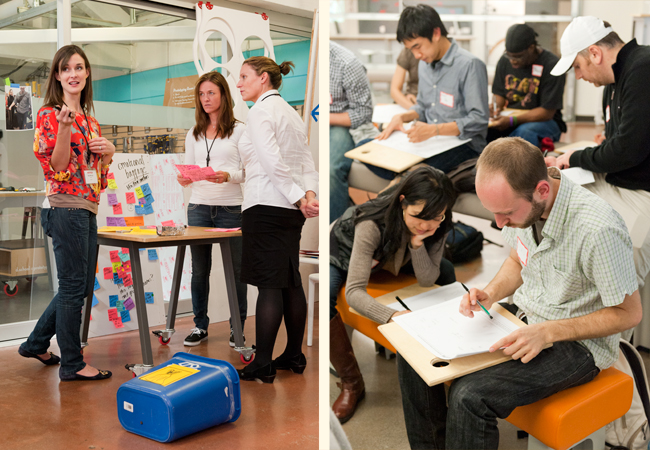
Linda Cicero
Need an office? Slide a few suspended dry-erase panels together and roll in a table and chair. Swap out the table and chair for a couple of couches on coasters and you’ve got yourself an informal lounge. Need a respite from an open, collaborative environment? Step into the “Booth Noir,” a simply furnished low-tech hiding place tucked in a corner. In each case the environment supports a different kind of learning or exchange of information.
Anyone who has worked long hours in a cubicle, struggled with piles of work on a dining room table or sat through a long lecture knows that many spaces are not designed to unleash personal creativity. Scott Doorley and Scott Witthoft, co-directors of the Environments Collaborative at the d.school, have re-imagined working spaces, and their students are taking the design strategies for activating creativity, communication and innovation back to their respective departments and beyond. They are learning that the desk you sit at, the chair you sit on and even the light levels in a room can either support or stymie creativity.
From the overlook you might also be able to peer down at the atrium and see an assembly of executives paired up at cocktail tables doing some cutting and pasting – as in scissors and glue, not keystrokes.
Doorley and Witthoft’s new book is a DIY tool to take you from idea to action. Make Space: How to Set the Stage for Creative Collaboration offers guidance and inspiration when concocting the perfect alchemy of people, place, space and things. The content is the result of more than five years of real-life learning by the d.school and its Environments Collaborative initiative. Since the founding of the first physical teaching space, the d.school has moved four times in as many years, and each location presented challenges and learning opportunities.
As Doorley and Witthoft write in their book, “With each move, we were forced to occupy and modify spaces we would not have instinctively chosen. In responding to the scale and character of each building, we’ve recognized that a tool for designing creative spaces is to create smart parameters that themselves stimulate mindful modification.”
Within the book are case studies on making space and living with it. Real-life profiles include an expansion project at the Nueva School (a K-8 school in the San Francisco Bay Area), the Runway Program for entrepreneurs and an experimental kitchen at the avant-garde restaurant Moto in Chicago. In many of the case studies, the concepts and practices developed at the d.school were applied to encourage new ways of learning, thinking and doing.
The Stanford d.school – formally, the Hasso Plattner Institute of Design at Stanford – teaches design thinking to graduate students from across Stanford University and offers an executive leadership program to executives of Fortune 500 companies, nonprofits, and teachers and administrators in K-12 education.
